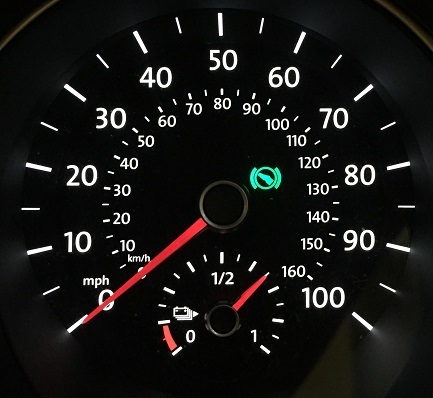Hey - I am new to the forum and a new owner (2016 SE)
Wondering why when I charge overnight (from home with the provided charger from a wall outlet) I only seem to get 60mi of range showing. Am I missing something - When I left the dealer and they had it charged it showed 90 something. It was on all night, but seemed to stop at 60. At least in the car net app the little battery image showed as full. What gives? Any help or advice for a newbie is appreciated. THANKS!
Wondering why when I charge overnight (from home with the provided charger from a wall outlet) I only seem to get 60mi of range showing. Am I missing something - When I left the dealer and they had it charged it showed 90 something. It was on all night, but seemed to stop at 60. At least in the car net app the little battery image showed as full. What gives? Any help or advice for a newbie is appreciated. THANKS!




